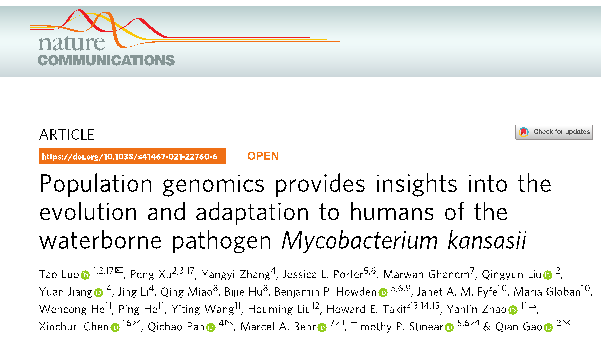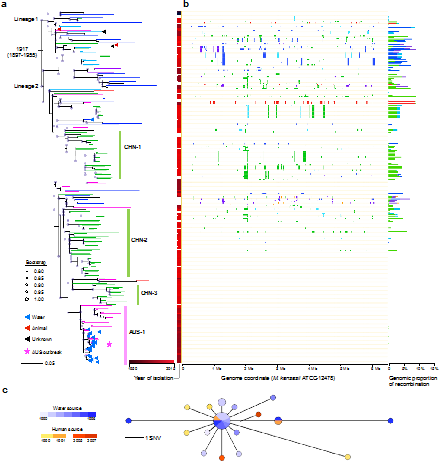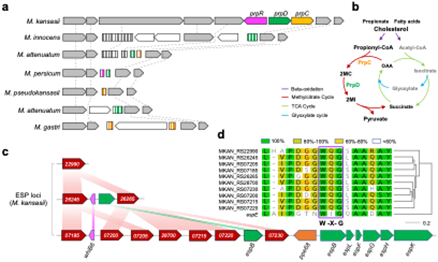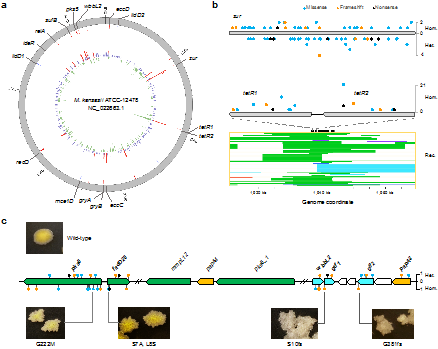In collaboration with Prof. Qian Gao’s team of Fudan University, Tao Luo, an associate researcher ofthe West China School of Basic Medical Sciences & Forensic Medicine, recently published in Nature Communications an online paper entitled "Popularization Genomics Offers Insights into the Evolution and Adaptation to Humans of the Waterborne Pathogen Mycobacterium kansasii".Tao Luo is the co first author and corresponding author, and Sichuan University is the first work unit of the paper.

Waterborne pathogen infections have always been a major threat to human health. Many diseases in human society (such as cholera, dysentery, typhoid, etc.) are related to water pollution. In recent years, the infection rate of some natural waterborne pathogens is on the rise, and nontuberculous mycobacterium (NTM) is one of them. “Nontuberculous mycobacteria (NTM) are environmental bacteria, but some species can cause opportunistic infections in humans. While they are not as pathogenic as Mycobacterium tuberculosis, diseases due to NTM have been an increasing concern in global health1,2,3,4, and in some developed countries, NTM is now responsible for more diseases than M. tuberculosis.”(Introduction)
“Mycobacterium kansasii can cause serious pulmonary disease. It belongs to a group of closely-related species of non-tuberculous mycobacteria known as the M. kansasii complex (MKC). Here, we report a population genomics analysis of 358 MKC isolates from worldwide water and clinical sources. We find that recombination, likely mediated by distributive conjugative transfer, has contributed to speciation and on-going diversification of the MKC. Our analyses support municipal water as a main source of MKC infections. Furthermore, nearly 80% of the MKC infections are due to closely-related M. kansasii strains, forming a main cluster that apparently originated in the 1900s and subsequently expanded globally. Bioinformatic analyses indicate that several genes involved in metabolism (e.g., maintenance of the methylcitrate cycle), ESX-I secretion, metal ion homeostasis and cell surface remodelling may have contributed to M. kansasii’s success and its ongoing adaptation to the human host.” (Abstract)

Fig. 1: Phylogenomic analyses of the M. kansasii main cluster (MKMC)

Fig. 2:Genomic loci specific to M. kansasii.

Fig.3:Genes under positive selections in the MKMC.
Finally, the authors point out that although there is no evidence of human to human transmission of M. Kansasii, the clinical symptoms of M. Kansasii are highly similar to those of tuberculosis. The public health departments need to strengthen the surveillance of the pathogen in order to prevent it from evolving into a specific pathogen that can be transmitted in the population.
Article link:https://www.nature.com/articles/s41467-021-22760-6
